Audi Q5 vs BYD Tang – Performance, range & efficiency compared
Compare performance, boot capacity, efficiency and price at a glance.
Find out which car is the better choice for you – Audi Q5 or BYD Tang?
Costs and Efficiency:
Price and efficiency are often the first things buyers look at. Here it becomes clear which model has the long-term edge – whether at the pump, the plug, or in purchase price.
Audi Q5 has a significantly advantage in terms of price – it starts at 44800 £, while the BYD Tang costs 64300 £. That’s a price difference of around 19457 £.
As for range, the BYD Tang performs significantly better – achieving up to 530 km, about 430 km more than the Audi Q5.
Engine and Performance:
Under the bonnet, it becomes clear which model is tuned for sportiness and which one takes the lead when you hit the accelerator.
When it comes to engine power, the BYD Tang has a evident edge – offering 517 HP compared to 367 HP. That’s roughly 150 HP more horsepower.
In acceleration from 0 to 100 km/h, the Audi Q5 is barely noticeable quicker – completing the sprint in 4.50 s, while the BYD Tang takes 4.90 s. That’s about 0.40 s faster.
In terms of top speed, the Audi Q5 performs distinct better – reaching 250 km/h, while the BYD Tang tops out at 190 km/h. The difference is around 60 km/h.
There’s also a difference in torque: BYD Tang pulls somewhat stronger with 680 Nm compared to 550 Nm. That’s about 130 Nm difference.
Space and Everyday Use:
Cabin size, boot volume and payload all play a role in everyday practicality. Here, comfort and flexibility make the difference.
Seats: BYD Tang offers evident more seating capacity – 7 vs 5.
In curb weight, Audi Q5 is clearly perceptible lighter – 1910 kg compared to 2630 kg. The difference is around 720 kg.
In terms of boot space, the Audi Q5 offers significantly more room – 520 L compared to 235 L. That’s a difference of about 285 L.
In maximum load capacity, the BYD Tang performs slightly better – up to 1655 L, which is about 182 L more than the Audi Q5.
When it comes to payload, BYD Tang barely noticeable takes the win – 575 kg compared to 565 kg. That’s a difference of about 10 kg.
Who comes out on top?
Overall, the BYD Tang shows itself to be has the upper hand and secures the title of DriveDuel Champion.
It convinces with the more balanced overall package and proves to be the more versatile choice for everyday use.
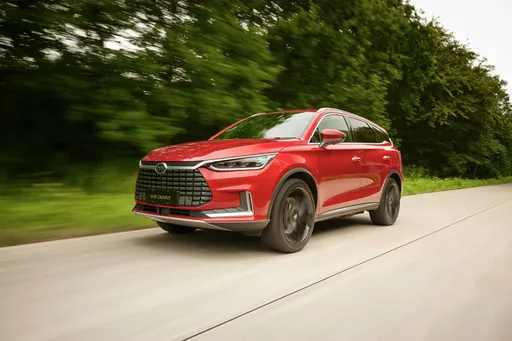
BYD Tang
Audi Q5
The Audi Q5 exudes a perfect blend of luxury and performance, making it a standout in the competitive SUV market. Its elegant design is complemented by a spacious and meticulously crafted interior, providing both comfort and functionality for drivers and passengers alike. With advanced technology and a range of powerful engines, the Q5 effortlessly combines driving pleasure with practicality for everyday use.
details @ audi-mediacenter.com
@ audi-mediacenter.com
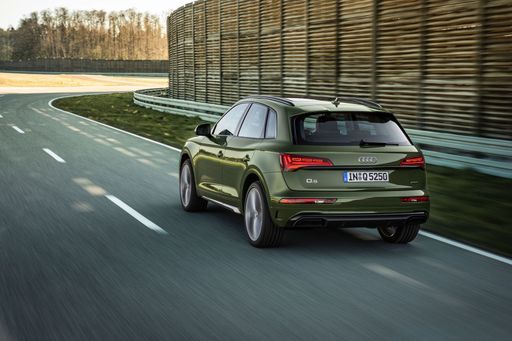 @ audi-mediacenter.com
@ audi-mediacenter.com
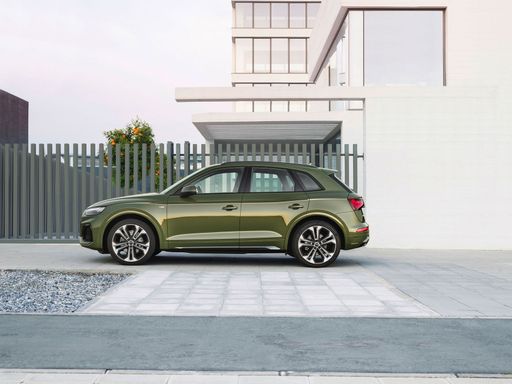 @ audi-mediacenter.com
@ audi-mediacenter.com
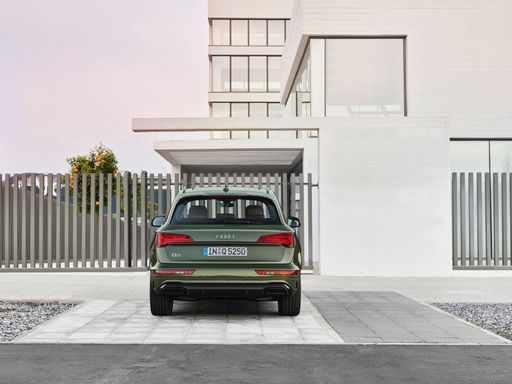 @ audi-mediacenter.com
@ audi-mediacenter.com
 @ audi-mediacenter.com
@ audi-mediacenter.com
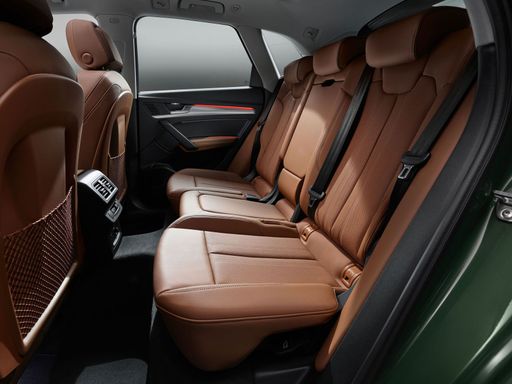 @ audi-mediacenter.com
@ audi-mediacenter.com
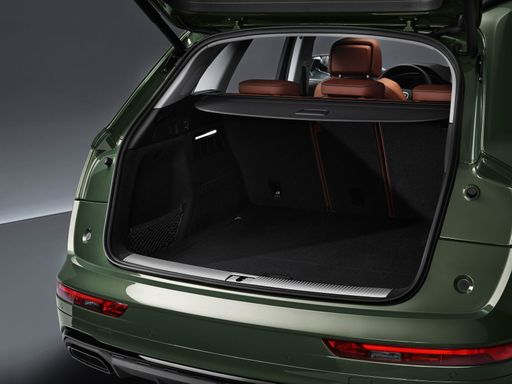 @ audi-mediacenter.com
@ audi-mediacenter.com
BYD Tang
The BYD Tang represents a bold entry into the competitive SUV market, blending cutting-edge technology with modern design aesthetics. Its spacious interior is complemented by high-quality materials and innovative features, making it a strong contender for families and tech enthusiasts alike. With an emphasis on sustainability, the Tang offers an eco-friendly driving experience without compromising on performance or luxury.
details @ press.bydauto.be
@ press.bydauto.be
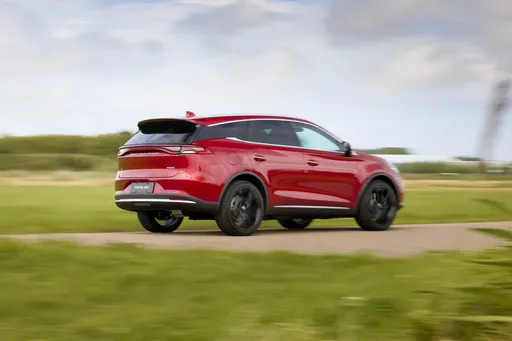 @ press.bydauto.be
@ press.bydauto.be
 @ press.bydauto.be
@ press.bydauto.be
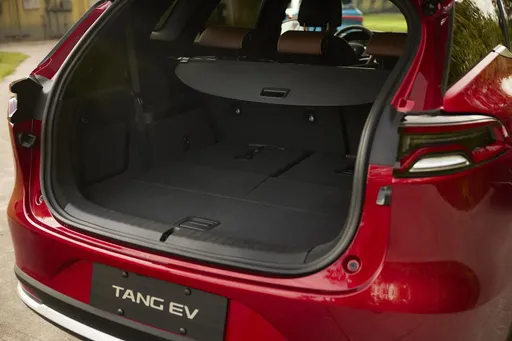 @ press.bydauto.be
@ press.bydauto.be
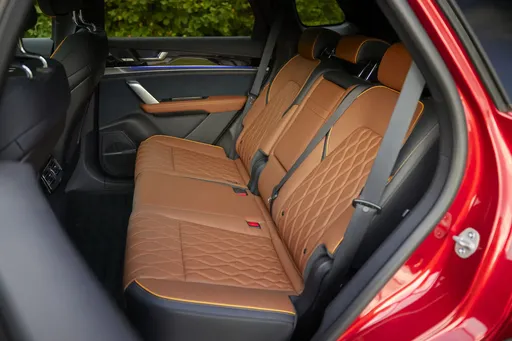 @ press.bydauto.be
@ press.bydauto.be

|

|
|
|
|
Costs and Consumption |
|
|---|---|
|
Price
44800 - 78900 £
|
Price
64300 £
|
|
Consumption L/100km
2.5 - 8.3 L
|
Consumption L/100km
-
|
|
Consumption kWh/100km
-
|
Consumption kWh/100km
24 kWh
|
|
Electric Range
92 - 100 km
|
Electric Range
530 km
|
|
Battery Capacity
20.70 kWh
|
Battery Capacity
-
|
|
co2
56 - 189 g/km
|
co2
0 g/km
|
|
Fuel tank capacity
55 - 65 L
|
Fuel tank capacity
-
|
Dimensions and Body |
|
|---|---|
|
Body Type
SUV
|
Body Type
SUV
|
|
Seats
5
|
Seats
7
|
|
Doors
5
|
Doors
5
|
|
Curb weight
1910 - 2245 kg
|
Curb weight
2630 kg
|
|
Trunk capacity
433 - 520 L
|
Trunk capacity
235 L
|
|
Length
4717 mm
|
Length
4970 mm
|
|
Width
1900 mm
|
Width
1955 mm
|
|
Height
1647 - 1656 mm
|
Height
1745 mm
|
|
Max trunk capacity
1300 - 1473 L
|
Max trunk capacity
1655 L
|
|
Payload
490 - 565 kg
|
Payload
575 kg
|
Engine and Performance |
|
|---|---|
|
Engine Type
Plugin Hybrid, Petrol MHEV, Diesel MHEV
|
Engine Type
Electric
|
|
Transmission
Automatic
|
Transmission
Automatic
|
|
Transmission Detail
Dual-Clutch Automatic
|
Transmission Detail
Reduction Gearbox
|
|
Drive Type
All-Wheel Drive, Front-Wheel Drive
|
Drive Type
All-Wheel Drive
|
|
Power HP
204 - 367 HP
|
Power HP
517 HP
|
|
Acceleration 0-100km/h
4.5 - 8.6 s
|
Acceleration 0-100km/h
4.90 s
|
|
Max Speed
226 - 250 km/h
|
Max Speed
190 km/h
|
|
Torque
340 - 550 Nm
|
Torque
680 Nm
|
|
Number of Cylinders
4 - 6
|
Number of Cylinders
-
|
|
Power kW
150 - 270 kW
|
Power kW
380 kW
|
|
Engine capacity
1968 - 2995 cm3
|
Engine capacity
-
|
General |
|
|---|---|
|
Model Year
2025
|
Model Year
2024
|
|
CO2 Efficiency Class
B, E, F, G
|
CO2 Efficiency Class
A
|
|
Brand
Audi
|
Brand
BYD
|
What drivetrain options does the Audi Q5 have?
The Audi Q5 is available as All-Wheel Drive or Front-Wheel Drive.
The prices and data displayed are estimates based on German list prices and may vary by country. This information is not legally binding.
